
The conference was held in person and online with the participation of 41 points of contact in the entire army nationwide. Senior Lieutenant General Vu Hai San, member of the Party Central Committee, member of the Central Military Commission, Deputy Minister of National Defense chaired and delivered a speech. Lieutenant General Tran Minh Duc, Director of the General Department of Logistics and Technology chaired the conference.
Emphasizing the role of Directive No. 39/CT-BQP, the Chief of Staff of the General Department of Logistics and Technology once again affirmed that, in order to practically contribute to the care and protection of the health of soldiers and people, and at the same time create favorable conditions for the voluntary blood donation movement in the army to be smooth and highly effective, on March 27, 2009, the Minister of National Defense issued Directive No. 39/CT-BQP, an important legal basis for agencies and units in the army to organize in a disciplined manner, promoting the voluntary blood donation movement to spread strongly throughout the army.
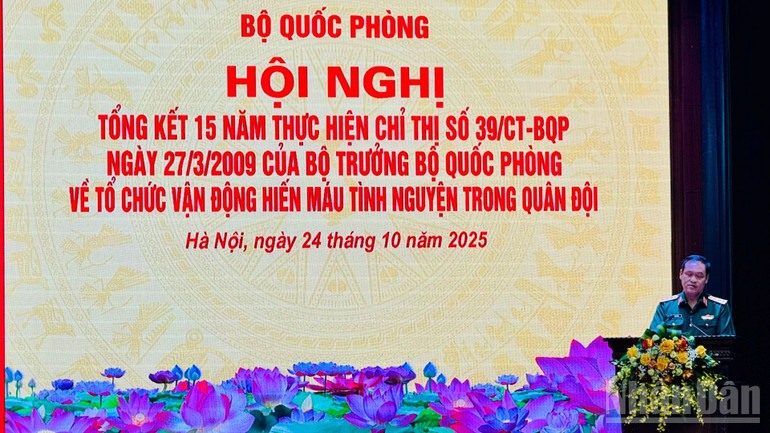
In his speech, Deputy Minister of National Defense, Senior Lieutenant General Vu Hai San praised the entire army in the voluntary blood donation movement. Senior Lieutenant General Vu Hai San emphasized: After 15 years of implementation, the voluntary blood donation movement in the army has developed comprehensively and spread widely, attracting a large number of officers, soldiers, defense workers and civil servants to participate; contributing significantly to ensuring safe blood and blood products, promptly serving emergency and treatment for soldiers and people, especially in emergency situations, natural disasters, catastrophes, epidemics and combat readiness.
Specifically, the Summary Report of 15 years of implementing the Directive stated that, in the period from 2009 to present, the organization of voluntary blood donation has achieved many positive results, with profound political , social and humanitarian significance. The Directive has created a political-legal foundation for the movement of organizing voluntary blood donation in the army to develop extensively.
Notably, the movement to organize voluntary blood donation has been clearly identified as a regular political task, associated with the task of taking care of the health of soldiers and people; creating an important change in awareness, creating a foundation for the organization to organize voluntary blood donation to develop sustainably and long-term.
The results have contributed significantly to the work of rescuing the injured and sick, responding promptly to emergency situations such as natural disasters and catastrophes; serving well the military's combat readiness mission. Propaganda and mobilization work has been deployed synchronously and creatively through many diverse forms. The amount of blood donated each year is higher than the previous year, basically meeting the blood needs for emergency care, treating patients in the military and sharing partial support for civilian hospitals.
However, in addition to the positive aspects, there are still some shortcomings, limitations and inadequacies that need to be amended. In some units, the awareness of the Party Committee and commanders is not adequate, the propaganda work is not commensurate with the significance of the voluntary blood donation movement; the work of selecting blood donors, collecting blood, testing, preparing, preserving, transporting, managing and using blood and blood products is sometimes limited; the work of summarizing, concluding, honoring and rewarding has not been established in a systematic way to provide timely encouragement.
Strong influence from the voluntary blood donation movement across the army
Regarding the voluntary blood donation movement, the entire army organized 1,555 propaganda and mobilization sessions; published 172,747 media publications (leaflets, posters, handbooks, question-and-answer books, etc.), reaching 561,855 people. Propaganda activities have been continuously promoted over the years, typically in 2023, 47,280 people were propagandized, an increase of 1.6 times compared to 2009.
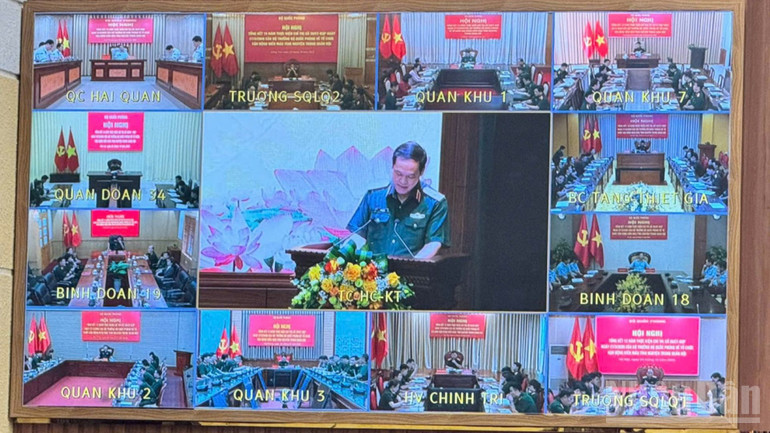
During the 2009-2024 period, the entire army organized 1,520 voluntary blood donation campaigns, mobilizing and receiving 528,194 units of blood (converted to 577,804 standard units), attracting 127,112 officers, soldiers and 71,625 people to participate, with a total estimated blood volume of 144,451,000 ml.
In the period 2010-2015, the number of blood units increased from 11,739 to 29,715, an average increase of 3,330 blood units/year, an increase rate of 17.3%/year. By 2024, it will increase 5 times compared to 2010.
Some academies, schools and units in the army have become bright spots, maintaining the tradition of regular blood donation, typically: Military Medical Academy, Military Technical Academy, Army Officer School 1, Army Officer School 2 (Ministry of National Defense), Military School of Military Region 7, Naval Technical College (Navy), Engineering Officer School (Engineer Corps); Army Corps 20 (Saigon New Port Corporation), Military Industry-Telecom Group ( Viettel ), Tecapro Company...
Five lessons learned
After 15 years of implementing Directive No. 39/CT-BQP, the organization of voluntary blood donation in the army has achieved many important results and gained 5 lessons:
Firstly, the leadership and direction of the Central Military Commission, the Ministry of National Defense, the General Department of Logistics and Technology, the Military Medical Department and the Party committees and commanders of agencies and units are the decisive factors in the results of organizing voluntary blood donation campaigns.
Second, Party committees and commanders at all levels regularly disseminate and strictly implement resolutions and directives of the Ministry of National Defense and instructions of agencies; develop and deploy plans suitable to the characteristics of the situation, associated with the implementation of the unit's political tasks.
Third, closely coordinate, proactively research, advise on and simultaneously implement many measures and solutions to increase the effectiveness of propaganda and mobilization work with the active and widespread participation of cadres, soldiers, civil servants, armed forces and people of all walks of life.
Fourth, improve the qualifications and professional capacity of military medical officers and staff in organizing voluntary blood donation campaigns, continue to invest in infrastructure, medical equipment, and supplement human resources for the military medical sector of agencies and units.
Fifth, to effectively carry out the work of summarizing, praising, and rewarding in a timely manner to motivate and encourage officers and soldiers to participate in the voluntary blood donation movement more actively and effectively.
Identifying voluntary blood donation as a regular political task, associated with the emulation movement to win, studying and following Ho Chi Minh's ideology, morality and style, creating motivation, trust and strong spread in the unit and the whole army.
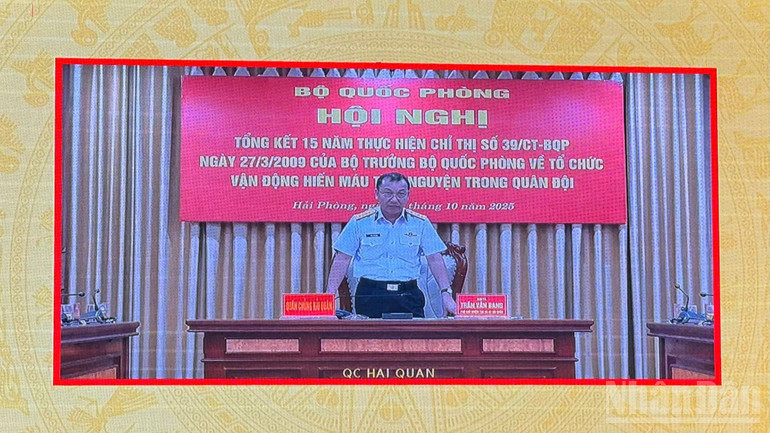
In the presentations at the conference, representatives of the basic units: Army Officer School 2, Navy, Military Hospital 103 (Military Medical Academy), Military Industry-Telecom Group, Military Region 1... also recommended and proposed that there should be supplements and full updates to the requirements of voluntary blood donation and modern hematology-blood transfusion in the direction of data management, mechanisms for mobilizing blood donors ready in emergency situations, and incentive and reward regimes. The directive documents and implementation plans must be close to reality, have long-term orientation, and be flexible to suit the characteristics of each unit and each locality.
On this occasion, the Ministry of National Defense awarded Certificates of Merit to 17 outstanding groups and 34 individuals; the General Department of Logistics and Technology awarded Certificates of Merit to 9 outstanding groups and 25 individuals.
Source: https://nhandan.vn/15-nam-cung-ca-nuoc-luc-luong-quan-doi-lan-toa-tinh-than-san-sang-hien-mau-tinh-nguyen-post917680.html



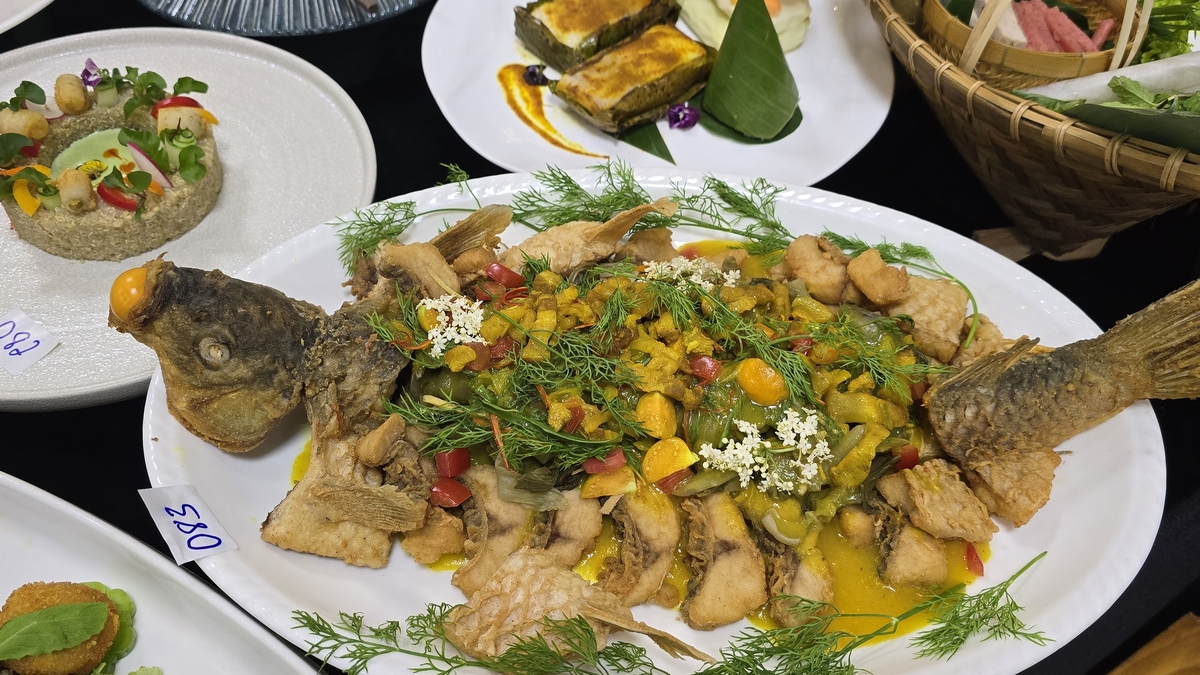
![[Photo] President Luong Cuong chaired the welcoming ceremony and held talks with United Nations Secretary-General Antonio Guterres](https://vphoto.vietnam.vn/thumb/1200x675/vietnam/resource/IMAGE/2025/10/24/1761304699186_ndo_br_1-jpg.webp)
![[Photo] Solemn funeral of former Vice Chairman of the Council of Ministers Tran Phuong](https://vphoto.vietnam.vn/thumb/1200x675/vietnam/resource/IMAGE/2025/10/24/1761295093441_tang-le-tran-phuong-1998-4576-jpg.webp)
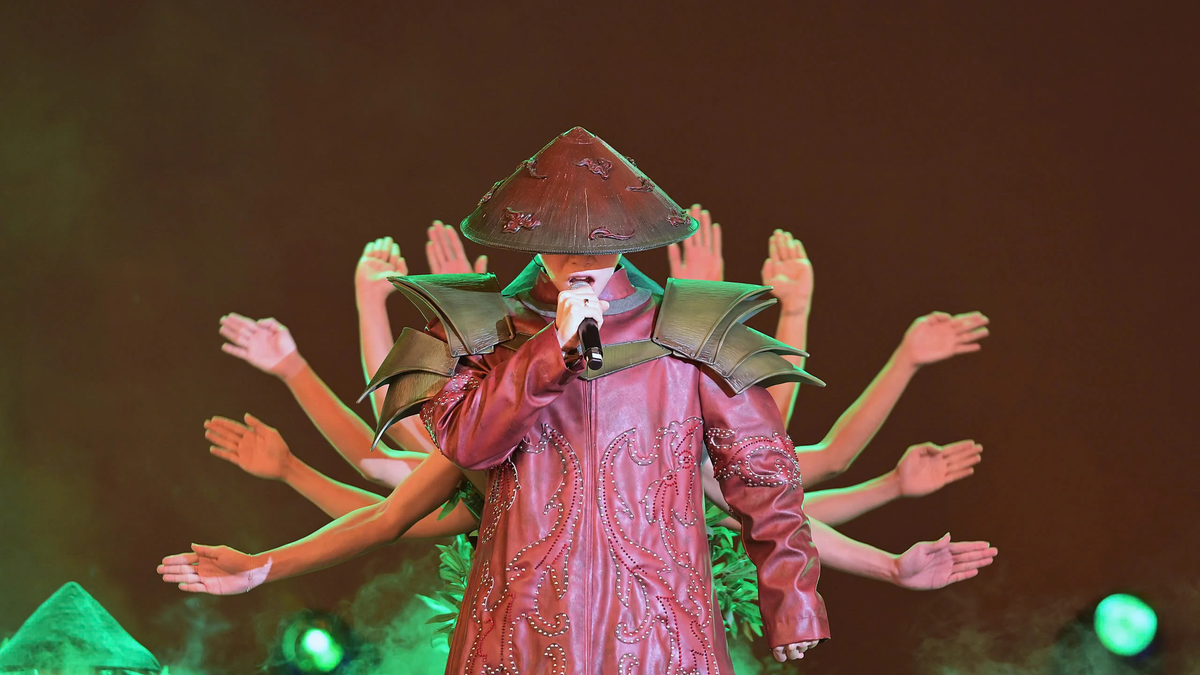
![[Photo] Prime Minister Pham Minh Chinh and South African President Matamela Cyril Ramaphosa attend the business forum](https://vphoto.vietnam.vn/thumb/1200x675/vietnam/resource/IMAGE/2025/10/24/1761302295638_dsc-0409-jpg.webp)
![[Video] Vietnam pioneers in applying AI in healthcare](https://vphoto.vietnam.vn/thumb/402x226/vietnam/resource/IMAGE/2025/10/25/1761354209315_720-jpg.webp)
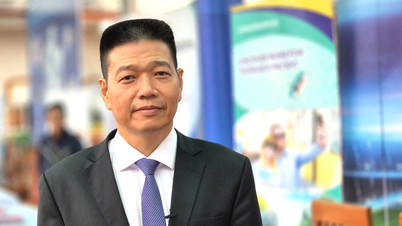

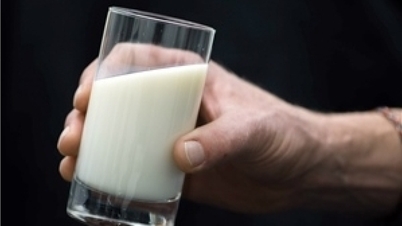

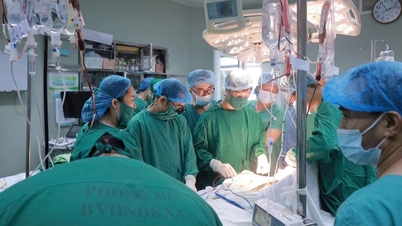

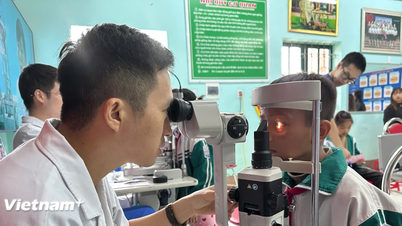
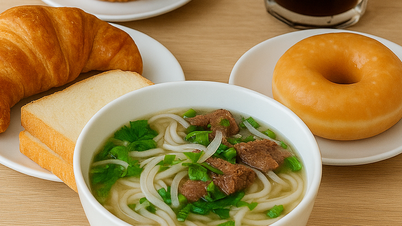





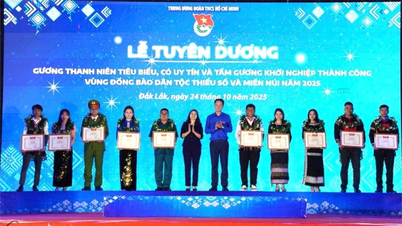

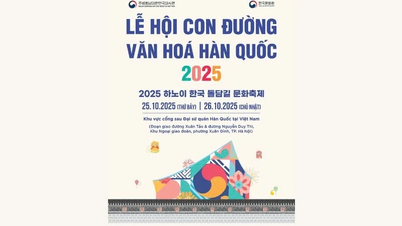
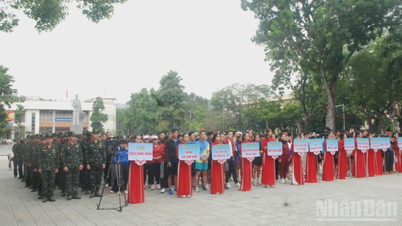
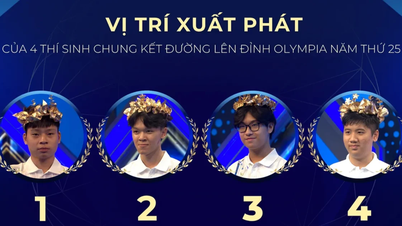
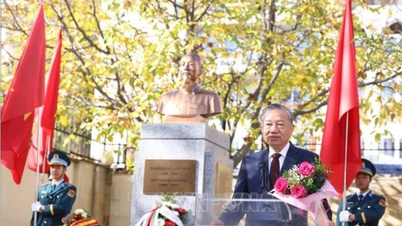







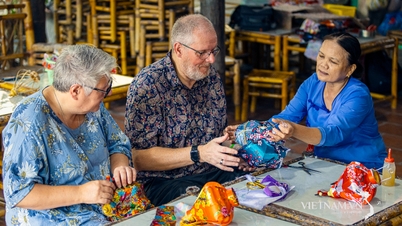

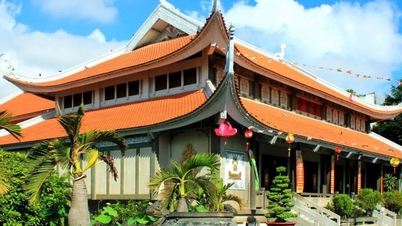









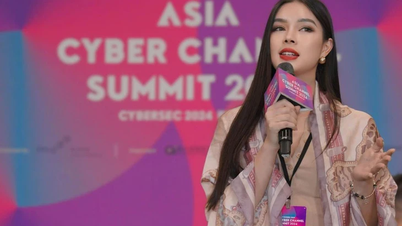














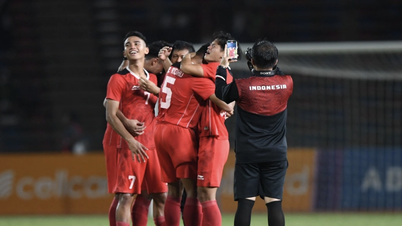
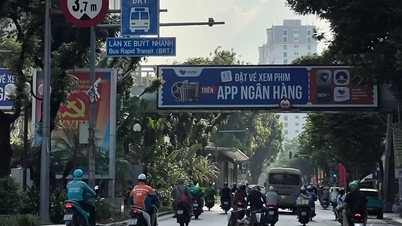


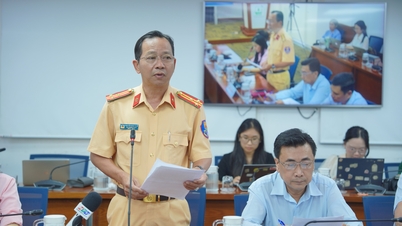
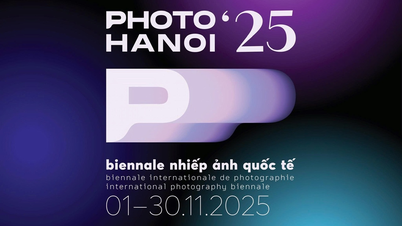

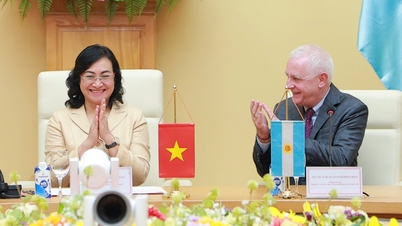


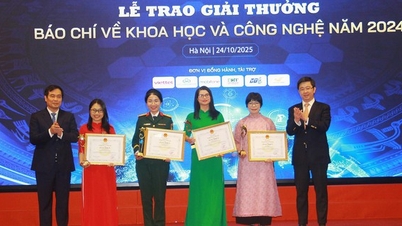

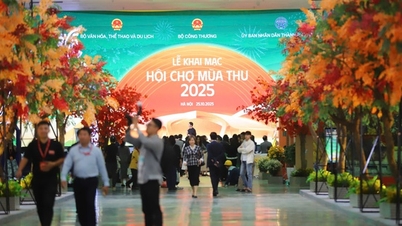
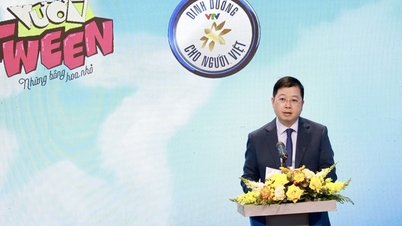
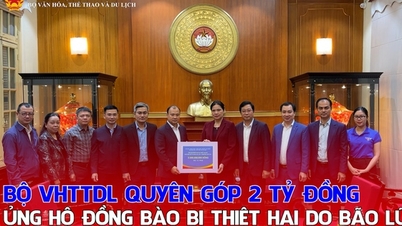
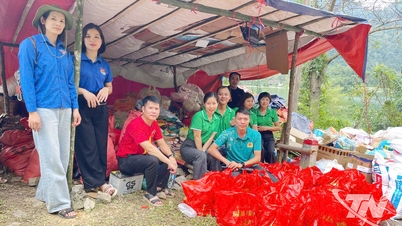

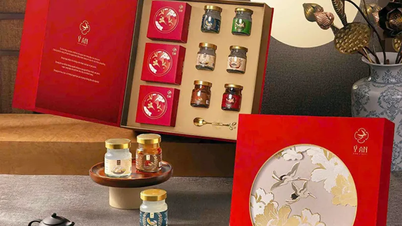





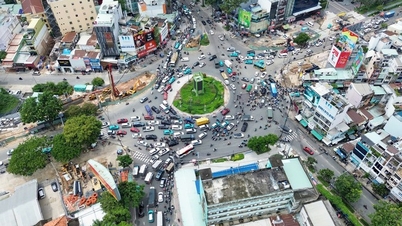















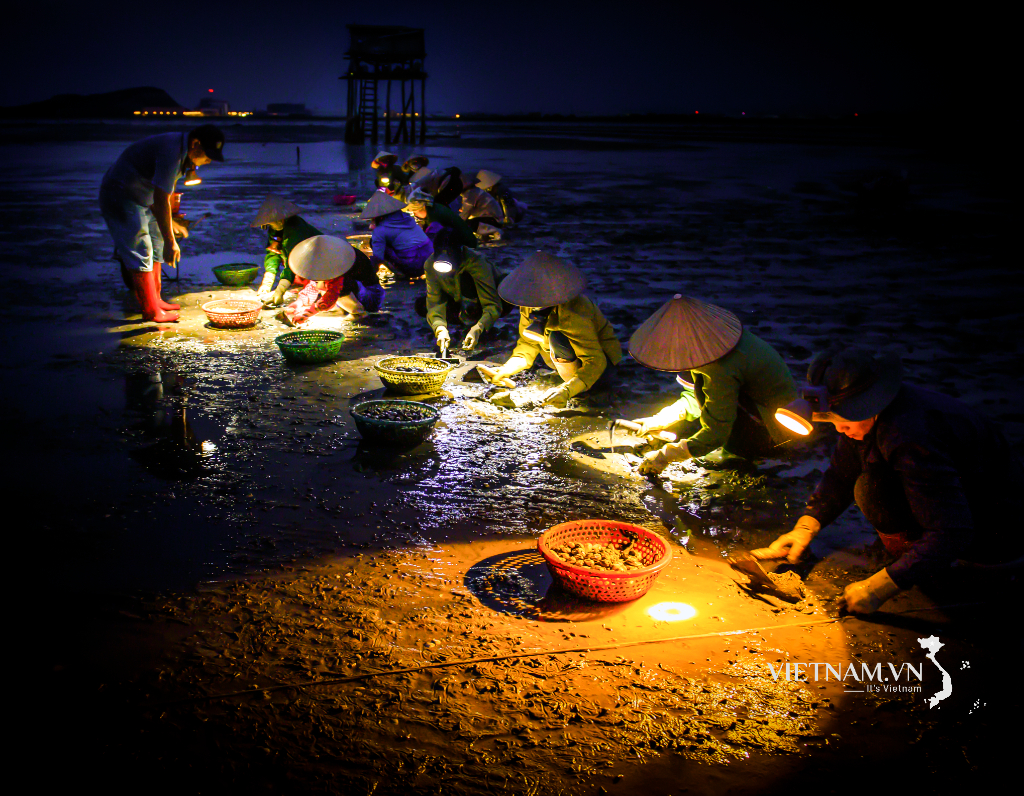


Comment (0)